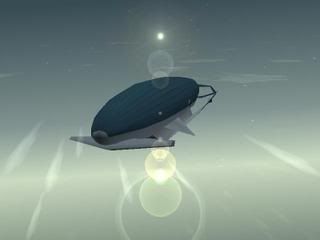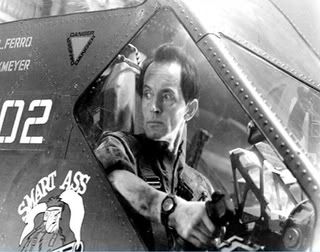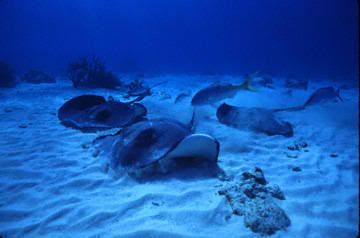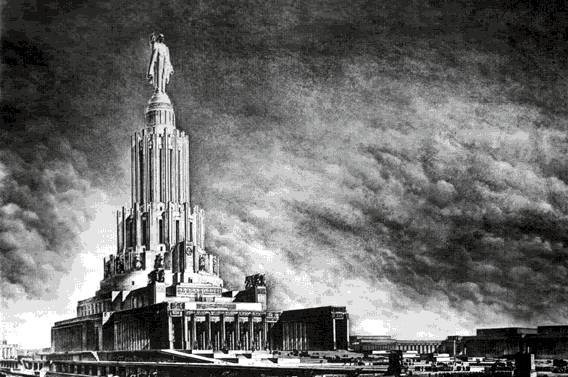 FASTA bulletin
Agena Target Vehicle unveiled
FASTA bulletin
Agena Target Vehicle unveiled
Designed to co-operate with Selene spacecraft, the Agena Target Vehicle - an unmanned spacecraft to be used for practicing orbital rendezvous and docking techniques - has been unveiled today at the Systems Development Center, Comona Island.
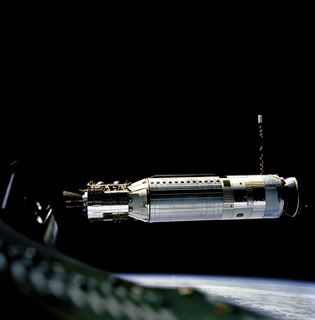 Agena Target Vehicle, CGI rendition
Agena Target Vehicle, CGI rendition
The device is a marvel of engineering, able to remain in orbit by itself for eight months ; It is a crucial part of the Selene program, which requires a well-practiced set of docking procedures to succeed.
All Nova Terra space agencies will benefit from the series of Selene test flights which will hammer out these procedures, and data gathered during those flights will be shared freely.
Selene 1B succesfully meets up with the ALMAZ-1 space station
Completing a series of orbits, the Selene 1B Soyuz capsule has managed to succesfully complete a rendezvous with the ALMAZ-1 space station.
Crew of the ship did not attempt docking - the Soyuz capsule they are flying is fitted with the Standardised Inter-Agency Docking Port, which is incompatible with the current station. They will, however, make a series of pictures of the station, which will assist engineers in determining the toll that long-term space exposure has on such large manned modules.
Furthermore, during their four-day stay in orbit, both FASTA astronauts have performed a series of zero-gravity experiments ranigng from biology to materials science.
Comona Island expansion nearing completion
Comona Island, Shroomania's only spaceport, is almost ready for a grand opening ceremony of more than twenty facilities. The complex, provisionally called "Spacecraft Support Complex C", consists of launch and mission control centers, tracking stations, residential areas, training and simulation sites, a towering Vertical Assembly Building, two launch pads rated for up to the Drake superheavy booster family, two Payload Preparation Facilities, a top-notch medical center, a power substation, water treatment plants and various other support and security facilities.
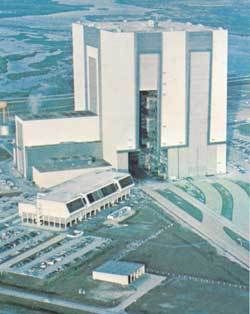 The VAB towers above Complex C, dwarfing all other buildings
The VAB towers above Complex C, dwarfing all other buildings
The complex will be a permanent home to hundreds of workers, and will be the primary site handling the heavy-launch requirements of the Selene program - leaving the more secure Korolev Spaceport to act as the primary site for the FUNs military space program.
Opening of Complex C is planned for early May 2012, and the first launch (using a Soyuz booster) - for June 15th.
FASTA answers - the VAB
The Vertical Assembly Building, or VAB, is a special, towering hangar, where launch vehicles are assembled in the upright position - the same they will assume during launch.
There are two basic ways of readying the massive rockets necessary for spaceflight: one is in a classic hangar, with the rocket laying horizontally on the floor. Such a method is cheap, easy and quick, and also allows for better quality control, with all parts of the rocket accessible easily at all times. The rocket is then rolled out - usually on a train platform - and "stood up" using equipment on the launch platform itself.
However, this is only possible for relatively small, lightweight boosters. Monstrosities such as the Vulkan (more than 3000 tonnes!) are both too heavy and too cumbersome to assemble horizontally.
This is where the VAB comes in.
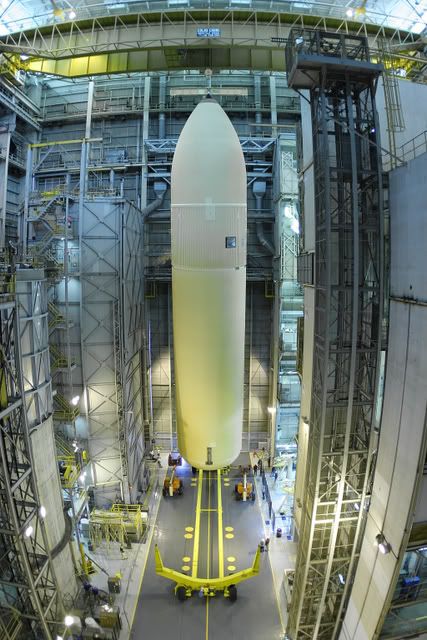 Cavernous inside of the Comona Island VAB
Cavernous inside of the Comona Island VAB
Sheltering the massive booster from the elements, and sporting huge cranes and other support equipment, the VAB allows a space agency to skip the "standing up" step at the launch platform - a risky proposal when playing with a rocket which weighs more than some ships! - and the booster is then rolled out using a massive, purpose-designed crawler vehicle.
Several VABs exist on Nova Terra, most notably in the UKB and the Lonestar Republic, and all are priceless when it comes to supporting heavy launches into space.
-----------------------------------------------------------------------------------
Korolev Spaceport
The motorcade was cleared through various security checkpoints, escorted by a GAZ jeep clearly marked as an OMON vehicle. As it cleared security zone after security zone, its passengers could see the open areas to be crawling with security guards.
The final zone - zone E, to be exact - cosisted of a single unimposing building, surrounded by more than 500 meters of flat concrete. Machine gun nests were clearly visible on the roof, and every square meter of the concrete slab was closely monitored by sophisticated sensors. A railway line led away from the building, seemingly to nowhere - disappearing in the steppe.
As the FUN Force delegation disembarked from their cars, all of them were subject to personal searches. No recording equipment at all was allowed inside the building - which seemed to be a simple, rickety barrack made out of sheet steel.
"This way, comrades", said a KGB colonel, gesturing for the delegation to follow him. They entered the building, which turned out to be a seemingly ordinary railway yard.
Untill they boarded a cargo elevator, which brought them deep underground.
They had to negotiate two more security checkpoints, one of them equipped with a BMP turret for defence - against what, they couldn't imagine - untill they finally saw it.
"It is just a prototype, of course.", the KGB officer began, "Massing 55 tonnes, it can be lifted in sets of three on a single booster. Every one is armed with eight penetrators, capable of striking within six degrees inclination from their initial orbit.", the colonel was desribing a monstrously huge satellite, sitting inside the cleanroom. White-suited technicians crowded around it, running various tests and installing equipment.
"It has less sheer firepower than UKB ones, but the control system is more sophisticated, and the intelligence data we've gathered on tests they've conducted allowed us to shape the kill vehicles better. And, of course, the design needs enough space to house re-entry vehicles for cobalt coated nuclear devices in the future."
The assembled generals looked in silence at the prototype. They came here from all around the FUN just for this five minute presentation, but all of them started to slowly understand just why the UKB decided to shroud their system in so much secrecy.
"When will it be ready for initial deployment?", one of them asked
"We are estimating the first fully capable units to be ready early next year. Command infrastructure will be operational by November."

